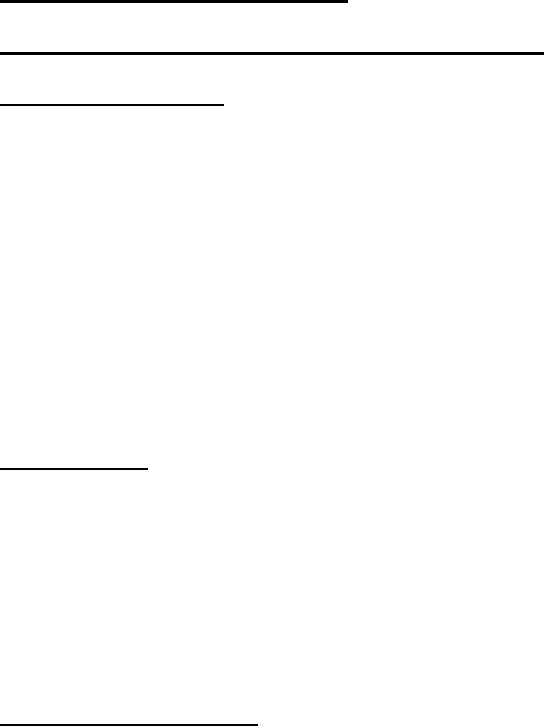
5 - 1
5. Maintenance and Inspection
5.1 Precautions for Maintenance and Inspection
5.1.1 Daily inspection
Basically check your system during the inverter operation to confirm that:
1) the motor is operating according to the settings on the inverter,
2) the installation environment is normal,
3) the cooling system is normal,
4) no abnormal vibrations and noise are generated,
5) no equipment overheating and discoloration are found, and
6) there are no unusual smells.
While the inverter is operating, measure the inverter input power voltage with a multimeter to confirm that:
1) the power supply voltage does not fluctuate often, and
2) the voltages between the power supply wires are balanced.
5.1.2 Cleaning
Always keep the inverter clean. When cleaning the inverter, wipe off dirt and stains on the inverter surface
lightly with a soft cloth dipped in a neutral detergent solution.
Note:
Do not use solvents such as acetone, benzene, toluene, and alcohol for cleaning. These solvents cause
the inverter surface to dissolve or the coating on the surface to peel off. In particular, never use a detergent
or alcohol to clean the monitor of the digital operator.
5.1.3 Periodic inspection
Check those inverter sections and parts which are accessible only while the inverter is stopped and which
should be inspected regularly. When you intend to carry out a periodic inspection, contact your local
Hitachi Distributor.
During a periodic inspection, perform the following:
1) Check that the cooling system is normal. Clean the air filter as needed.
2) Check the screws and bolts for tightness, and retighten them. Screws and bolts may have loosened
because of vibrations and temperature changes. Check them carefully.
3) Check to ensure conductors and insulators are not corroded or damaged.
4) Measure the dielectric breakdown voltage of insulators.
5) Check the cooling fan, smoothing capacitors, and relays, and replace them if necessary.


















